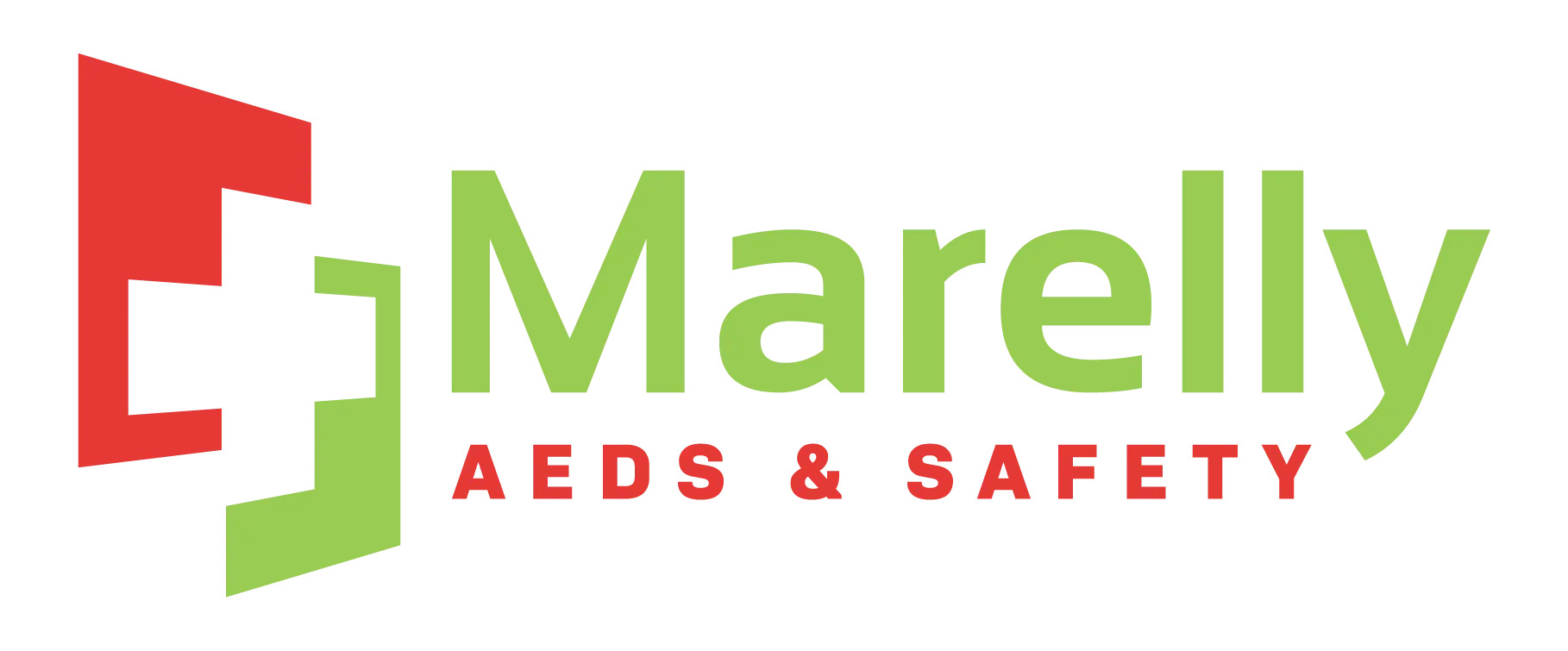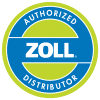Fall is officially upon us and the school year is in full swing. Let’s have a talk about the role AEDs play in school safety.
When the subjects of school safety and keeping students and faculty members safe come up today, most minds go first to things like safety drills and bullying. These are certainly important topics and they absolutely should be addressed and considered in any school and student safety conversation. But they are also very complex and controversial topics, and these days they tend to dominate conversations about school safety. The result is that many people are left unaware about other important matters of safety in schools, such as measures schools take to protect students and staff from non-violent emergencies.
To help make sure people get fully informed about all aspects of their school’s safety programs, we think it is important to have separate conversations about health and first aid related school safety measures. As a leader in the AED industry with many schools as our clients, Marelly has learned a lot about the handling of cardiac and first aid medical emergencies in schools. Here is what we know about keeping students and staff safe at school with AEDs.
What is an AED and Why Do Schools Need Them?
Most schools cannot afford having a trained EMT on the school campus at all times. At schools that can afford this expense, even the best-trained EMT cannot be everywhere watching over everyone at all times.
According to the American Heart Association’s most recent data, 7,037 children die from sudden cardiac arrest (SCA) each year. The most effective treatment of sudden cardiac arrest is a shock from a defibrillator, which needs to be administrated as soon as possible, which is why schools need to have AEDs and keep them maintained.
An AED, which stands for automatic external defibrillator, is a device used to administer an electric shock through the chest and to the heart. AEDs are meant to restore a normal heart rhythm when falling victim to sudden cardiac arrest. Defibrillation within the first three minutes of SCA increases the chance of survival to 70 percent. If an AED shock is administered within the first minute, survival rates can increase from 5 percent to as much as 86 percent (American Heart Association). Sometimes the wait for first responders is too long. The critical factor is having an AED within close proximity.
With about 20 percent of the U.S. population being at school each day, it is extremely necessary that our schools be equipped with AEDs. In the United States AEDs are so crucial that 14 states require them in all public schools and 3 require them in both public and private schools. An additional 5 states strongly recommend that schools have AEDs. Here are those lists per information from the Sudden Cardiac Arrest Foundation.
US States that Require AEDs in Public Schools:
- Alabama
- Arkansas
- Connecticut
- Florida
- Georgia
- Louisiana
- Maryland
- North Dakota
- Nevada
- New York
- Oklahoma
- Rhode Island
- South Carolina
- Texas
US States that Require AEDs in Both Public & Private Schools:
- New Jersey
- Oregon
- Pennsylvania
US States that Recommend AEDs in Schools:
- California
- Colorado
- Ohio
- Tennessee
- Washington
Keeping School AEDs Maintained
It is very important that schools check all parts of their AED system before the school year starts, since maintaining your AED is equally important as having one at all. Marelly would also recommend that schools perform additional periodic checks to make sure everything works the way it is supposed to be working throughout the school year. In fact, most states require monthly visual inspections and quick documentation to be performed. These quick checks can save lives! It is often a simple
AED battery replacement that can mean the difference between losing a life and saving one.
Battery issues are the leading cause of AED failures according to a study published in the Annals of Emergency Medicine. In fact, researchers found nearly one in four failures are caused by battery issues and problems with the power of an AED.
AED batteries have a lifespan of anywhere from 3-5+ years. But it is recommended that you regularly check them just to be sure. All AEDs will alert you when the battery is getting low, and newer, more sophisticated AEDs have
remote monitoring to alert you about issues. But just to be sure, you should check your AED batteries thoroughly, regularly.
AED electrode pads also have an expiration date. They will usually last around 21-27 months, with some lasting as long as 60+. When the pads are being used, a gel is used to stick the pad to the person. After a while the gel will become less adhesive. The pad needs to be adhered to the person for optimal results. A regular check will ensure that nothing will go wrong when the time comes to use the AED.
School Faculty AED, CPR & First Aid Training
There are so many things parents have to worry about with schools today. Having the peace of mind that if something were to happen to your child when they are at school, they will receive the appropriate care from teachers and staff can really ease the mind of a worried parent. In order to administer the care of an AED, you must be trained properly. Schools should schedule
AED, CPR and first aid training for their faculty members so they are ready in a time of need.
AED Program Management for Schools
Developing and managing a complete and compliant school AED program is no simple undertaking. That’s why Marelly offers more than just selling schools their AEDs and accessories and sending them on their way. We also provide training, compliance, support, and
comprehensive AED program management services to ensure your products and programs are in-line with your needs and legal requirements.
- Site assessments
- State legislative and regulatory requirements review
- Written policy and procedure for your organization
- Medical direction and medical oversight
- Registration of your program with:
- State and local EMS
- 911 call centers
- Other agencies required for compliance
70 percent of Marelly customers use these services.
Contact us to find out why!
Where Else Can You Find AEDs?
Schools aren’t the only places you can find AEDs. Here are some more places in your community that commonly use AEDs to keep people safe in the event of sudden cardiac arrest.
- Sports clubs
- Fitness centers
- Sports venues
- Casinos
- Stores/shopping centers
- Restaurants
- Travel terminals
- Federal, state & municipal buildings
- Community spaces
- Office buildings
Need AEDs for your workplace or community spaces? Give Marelly a call today!


